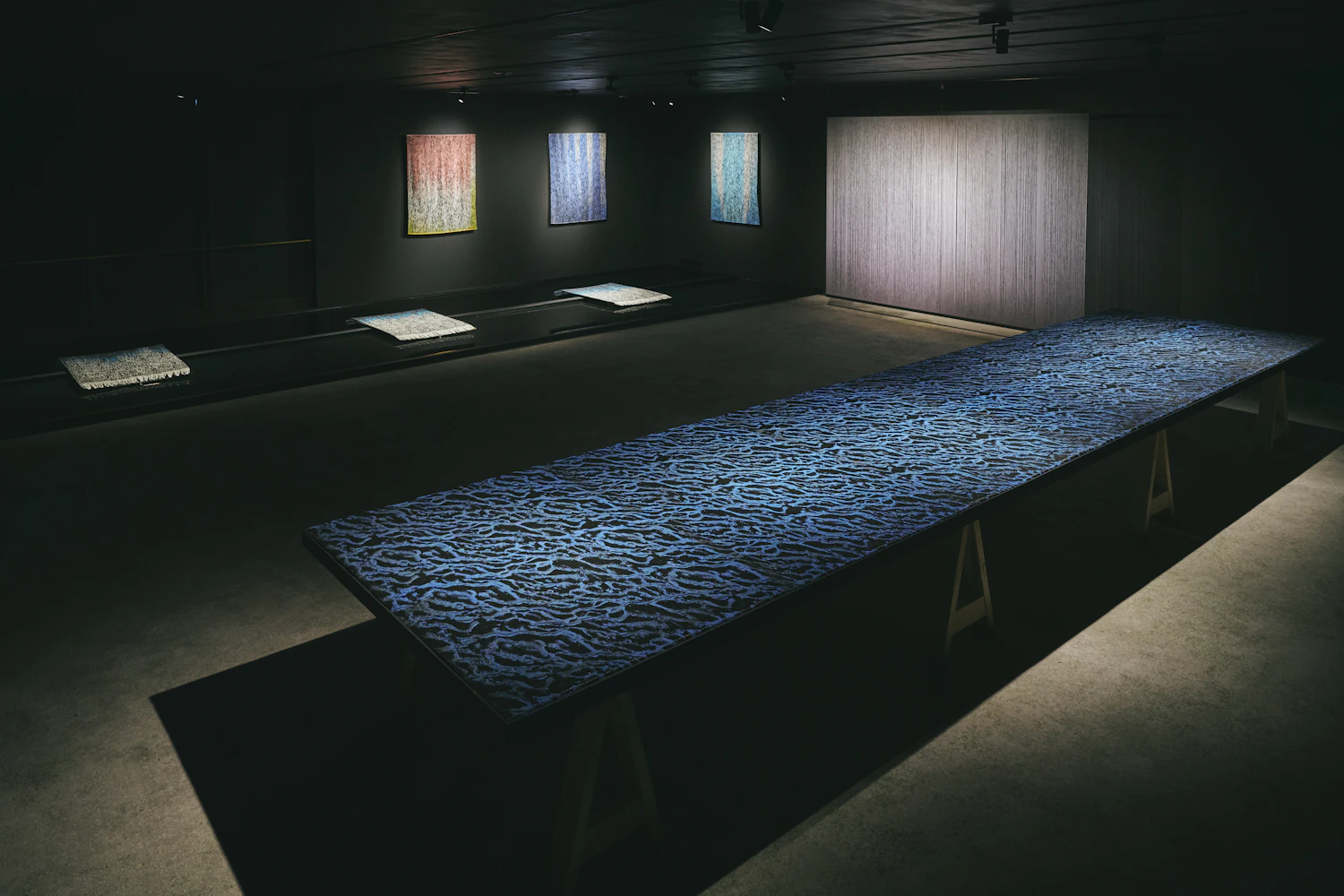01.09FRI
Ambient Weaving, Developed by ZOZO NEXT, Wins Honorary Mention at One of the World's Largest Media Art Events

Ars Electronica, an arts, advanced technology, and cultural festival held in Linz, Austria, is one of the world's largest media art events. At the STARTS (Innovation at the Nexus of Science, Technology, and the ARTS) section of Ars Electronica 2022, held from September 7 to 11, 'Ambient Weaving,' co-developed by ZOZO NEXT Inc. in collaboration with Yasuaki Kakehi Laboratory at UTokyo and Hosoo Co., Ltd., received an Honorary Mention. But what is 'Ambient Weaving'? We spoke to Satoshi Nakamaru, who led the project at ZOZO NEXT, to find out more.
'Ambient Weaving' combines cutting-edge digital technology with traditional Nishijin-ori weaving techniques, creating textiles that express environmental information, and embody the environment itself. Ars Electronica 2022 will feature three pieces from the project.
A Fusion of Traditional Craft and Advanced Technology
"One of them is a work called 'Wave of Warmth' that uses thermochromic dye, which changes color with heat. It visualizes the invisible environmental information, temperature, through the medium of textile."This article is for members only.
Please register to read the rest of the article.
What you can do with a membership
- Read members-only articles
and use text-to-speech. - Unlimited article favourites
and browsing history. - Attend members-only events.
- Get the latest information
with our email newsletter.
CONCEPT VIDEO
"fashion tech news" Unveils New Logo & Concept Video
TOP ARTICLES
RELATED ARTICLES
CONCEPT VIDEO
"fashion tech news" Unveils New Logo & Concept Video
CONTACT
If you have any questions or enquiries, please enter your details in the form below.







.jpg?w=400&fm=webp)








.JPG?w=400&fm=webp)

.png?w=400&fm=webp)
